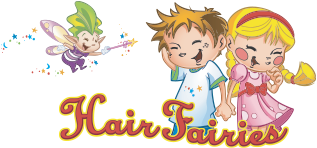WE EVALUATE.
Hair Fairies technicians manually (and thoroughly) screen hair for head lice and their eggs.
MORE INFO
WE NIT-PICK.
We know how to hunt down head lice and their eggs and zap them gone.
MORE INFO
WE TREAT.
Our process — and great prevention products — keep head lice from coming back.
MORE INFO
Primary source of “lice science” — U.S. Centers for Control and Prevention (CDC.gov)
MORE INFO
STILL NEED HELP?
We’re expert lice detectives! If you’re unsure that what you’re seeing is head lice, take a close-up pic and
send it to us. We’ll analyze it and let you know what we think.
Or stop in at one of our Hair Fairies salons, and we’ll get you started on a new lice-free existence.
OUR LOCATIONS
CHICAGO
CONNECTICUT
DALLAS
LOS ANGELES
NEW YORK
PORTLAND
SAN DIEGO
SAN FRANCISCO
SF-BURLINGAME
SEATTLE
